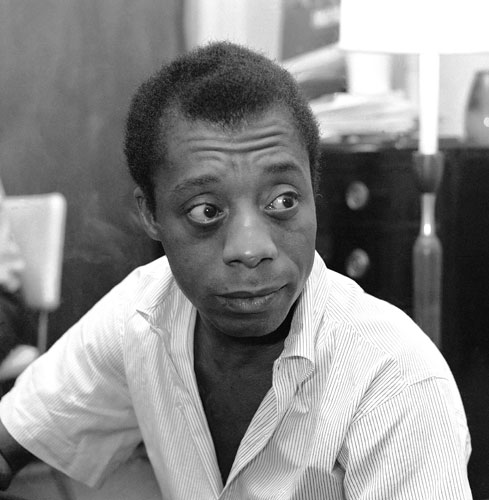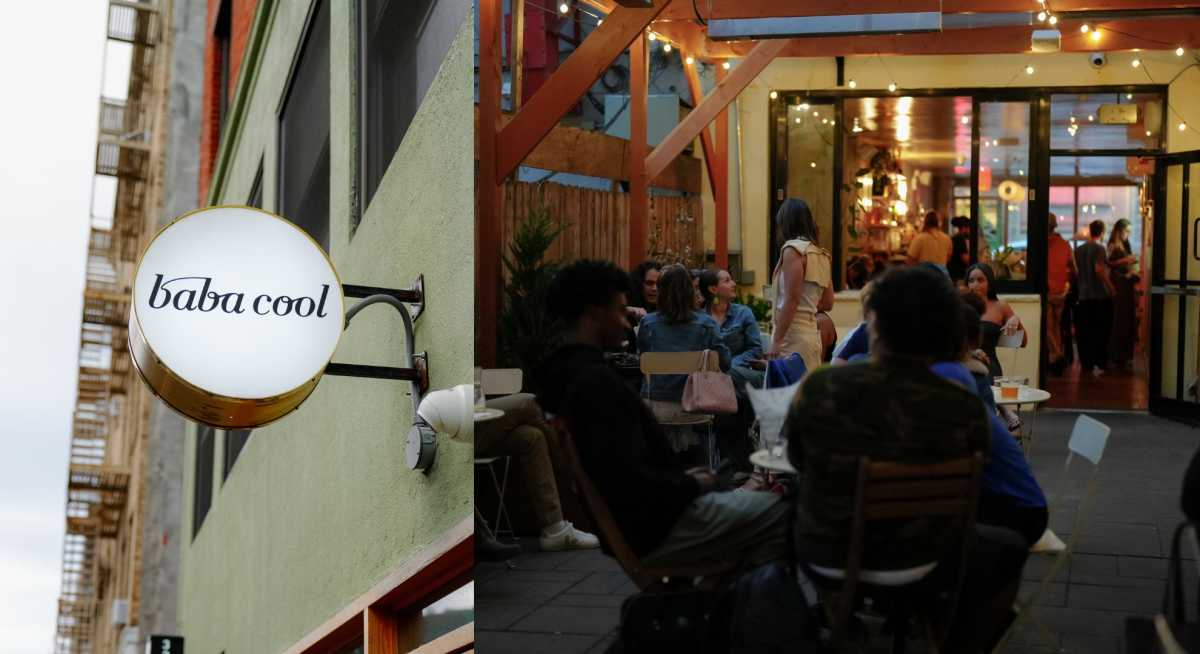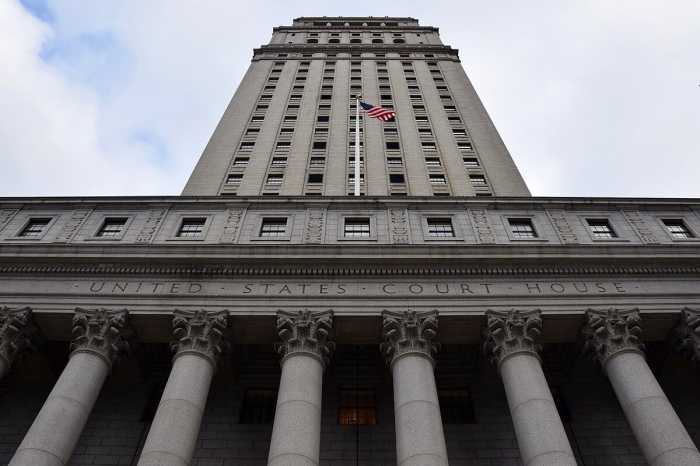Through a new two-week film series, BAMcinematek is tracing the history of one of our country’s hottest, most consequential summers.
A cinematic retrospective seeks to explain the iconic 1963 March on Washington as much as to celebrate it through an expansive, multi-genre approach — playing better known films such as the 1961 Daniel Petrie adaptation of Lorraine Hansberry’s classic, “A Raisin In the Sun,” alongside the priceless cultural criticism of James Baldwin, as captured in a trio of documentary films chronicling the musings and travels of the iconic novelist and essayist.
“So much footage from the late ’60s has totally dominated our imagination of the civil rights movement,” said director Nellie Killian, who curated the provocatively titled series “A Time for Burning: Cinema of the Civil Rights Movement.”
“Those images are so indelible, and so important, but there was a history of activism before the March that we wanted to show.”
And, indeed, the Baldwin films — especially “Baldwin’s N—–,” which had its debut over the television waves in 1969 — are astonishing artifacts of a defining moment in the life of the United States. Baldwin’s brash but sorrowful eloquence, his almost unnerving ability to balance wit and rage, the sublime and the absurd, puts the current standard of American punditry to considerable shame.
“One of the most amazing things about the time was simply that James Baldwin was on your television all the time,” said Killian. “The idea of having someone so brilliant as a public intellectual is just unbelievable.”
The retrospective series of films is also bookended by the iconic images and voices through which many Americans have experienced the March and the revolution it represented. A new restoration of Sidney Lumet’s “King: A Filmed Record” provides a soaring overview, along with seldom-seen archival footage from the period.
The series ends with a collection of pieces on the March itself. These include the famous James Blue documentary “The March,” as well as an arresting, often devastating, collection of images from Cuban agitprop director Santiago Alvarez, set to Lena Horne’s “Now!”
For all the bloody history on display, the series’ lasting contribution might be its acknowledgement that the documentary form itself took its greatest artistic leaps forward during the civil rights movement.
“What documentary meant changed during this period,” says Killian. “Direct cinema was incorporated because people wanted to know what was happening right then, on the fly.”
Modern audiences, perhaps spoiled on this kind of immediacy, would do well to revisit its roots at BAM for the next two weeks — “A Time for Burning” is a can’t miss event.
“A Time for Burning: Cinema of the Civil Rights Movement,” at BAM Cinematek at BAM Rose Cinemas [30 Lafayette Ave., between St. Felix Street and Ashland Place in Fort Greene, (718) 636–4100, bam.org]. Aug. 13–28.

























